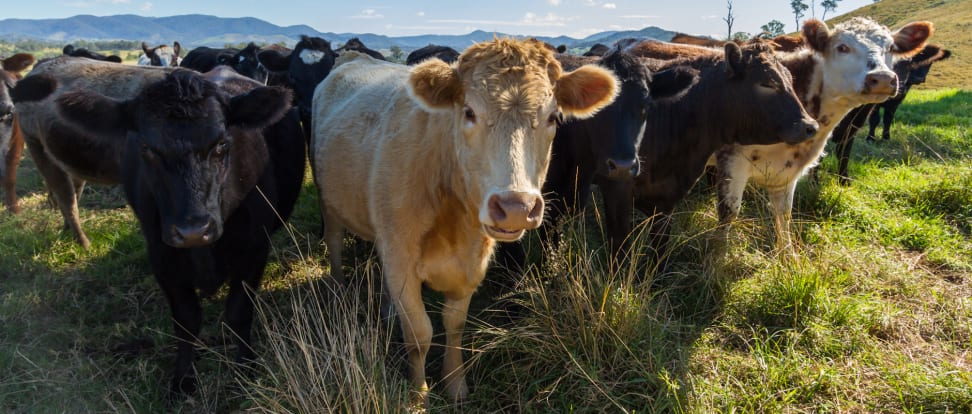Why We're Eating Less Beef, and Why It's a Good Thing
Whether due to price or preference, beef consumption is dropping.
 Credit:
Flickr user "mdalmuld"
Credit:
Flickr user "mdalmuld"
Recommendations are independently chosen by Reviewed's editors. Purchases made through the links below may earn us and our publishing partners a commission.
Beef. It's still what's for dinner, but not as often as it used to be. At least, that's what recent USDA data suggests.
According to department records, Americans consumed roughly 300 million pounds less beef in 2013 than they did in 2012. In fact, per capita consumption has been dropping since beef-eating peaked 94.4 pounds in 1976. Last year, it hit an all-time low of 56.4 pounds per person.
But a recent report from Mother Jones argues that dwindling consumer preference for beef—while worrying for U.S. cattle producers—may be good news for everyone in the long run.
Why is this good?
As we've already reported, vegetarians have roughly half the environmental impact of meat-eaters. That's because, calorie-for-calorie, it takes ten-times less energy to grow vegetables than livestock. On top of that, cattle have the added detriment of being major methane producers–a greenhouse gas that's 20 times more potent than carbon dioxide.
So, what are Americans eating instead of beef? It seems most beef-eaters aren't converting to vegetarianism. Many appear to be eating more chicken, or at least that's the narrative being pushed by the National Chicken Council. The trend is being driven by millennials, who favor chicken most among all age groups.
Chik-fil-A is surely excited, but the average earth-conscious individual has cause to be, too. If all beef consumption was converted to chicken, the environmental effect would be equivalent to taking 26 million cars off the road.

Chicken is slowly replacing beef on the American dinner plate. [Photo Credit: Flickr User "jeffreyww"( CC BY-NC-SA 2.0)]
RELATED: 6 DIY Sauce Recipes Every Home Cook Should Know
Why is this happening?
The two most important factors are probably price and attitude.
Tom Super, the Chicken Council's vice president of communications, suggests that "tight supplies" of cattle herds have driven up prices, causing consumers to turn to chicken and other cheaper meats. Indeed, the price of beef has risen over 40 percent in the last decade against overall inflation of just 26.6%. Since cattle take massive amounts of resources to raise, it's a trend that's unlikely to change any time soon.
The American public has also shown a marked change in attitude towards environmentalism. A 2008 survey from National Geographic showed that the majority of Americans believe we should consume less in order to preserve the Earth for future generations, and preference for organic and sustainably raised meat is on the rise.

This USDA chart shows that US consumption of beef has been declining while its price keeps rising.
What about the rest of the world?
It should be noted that global beef consumption is also increasing. As incomes rise in developing nations, so too does their appetite for beef.
An OECD report projects an 11 percent worldwide increase in cattle production by 2022. So it may be a long time before we stop asking, "Where's the beef?"
Related Video
{{brightcove '3842923764001'}}

